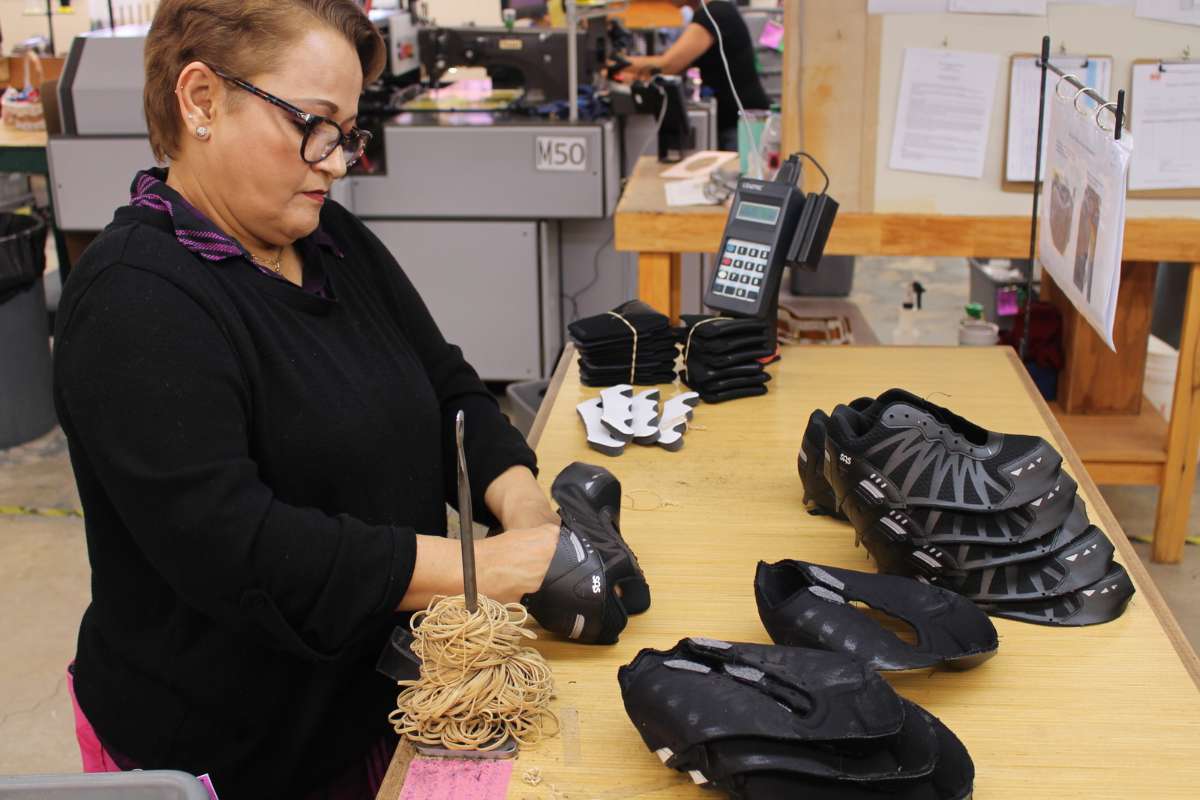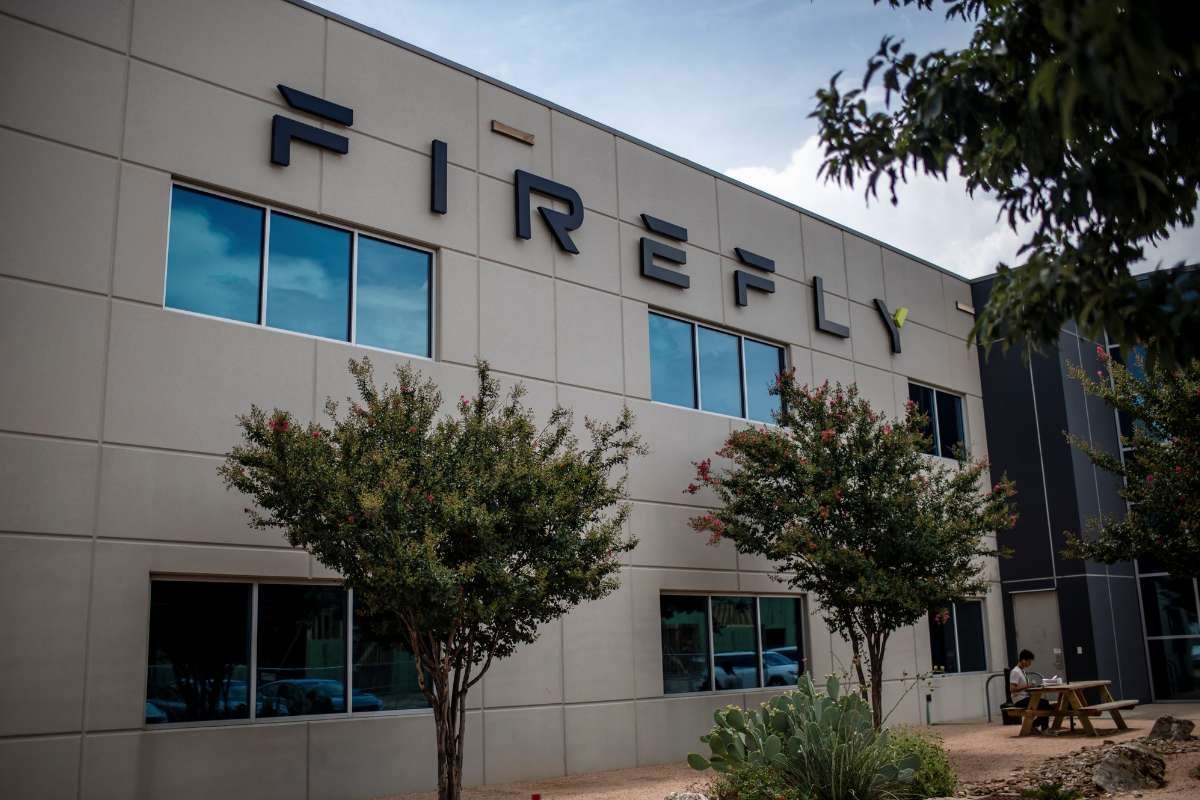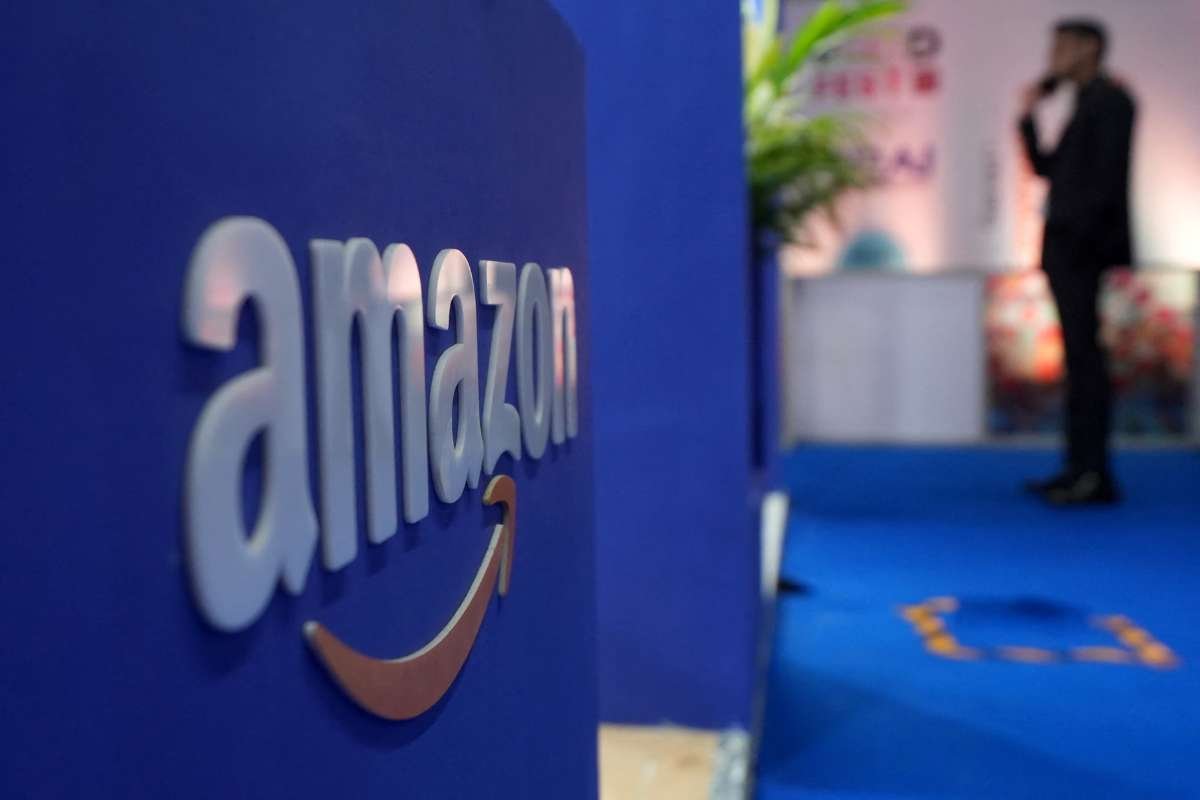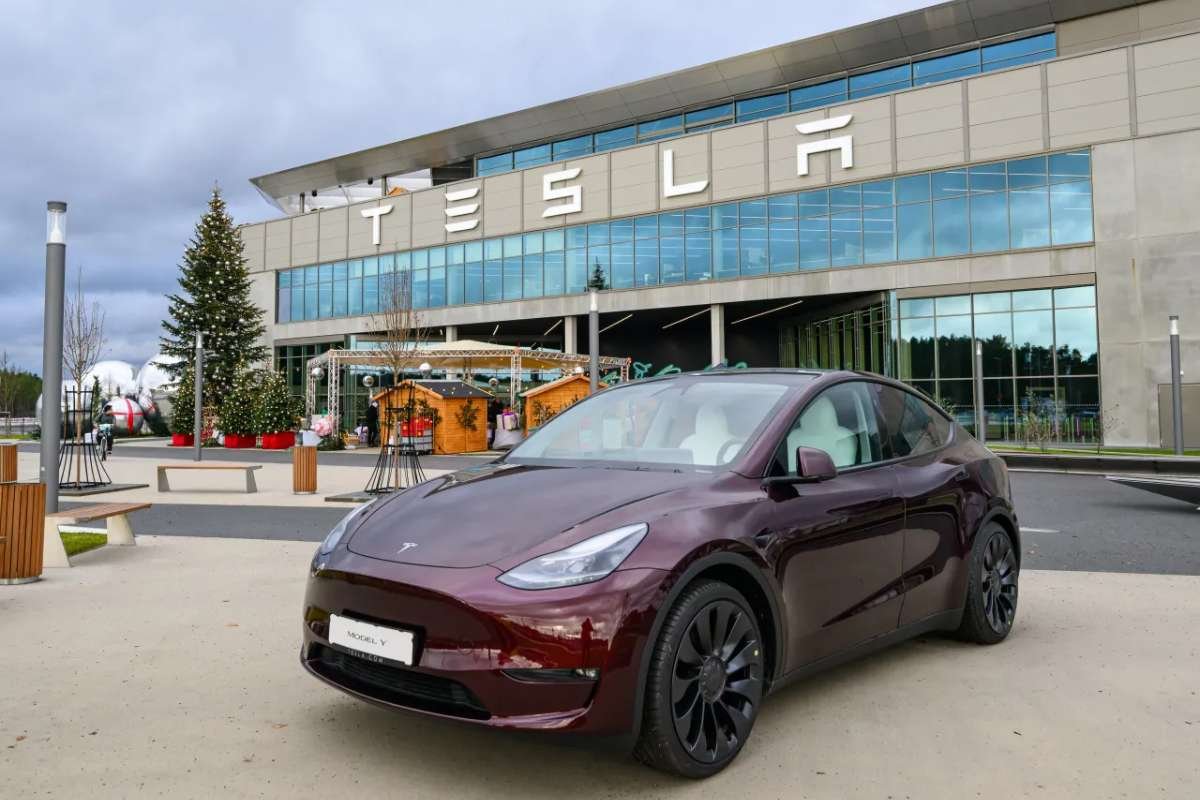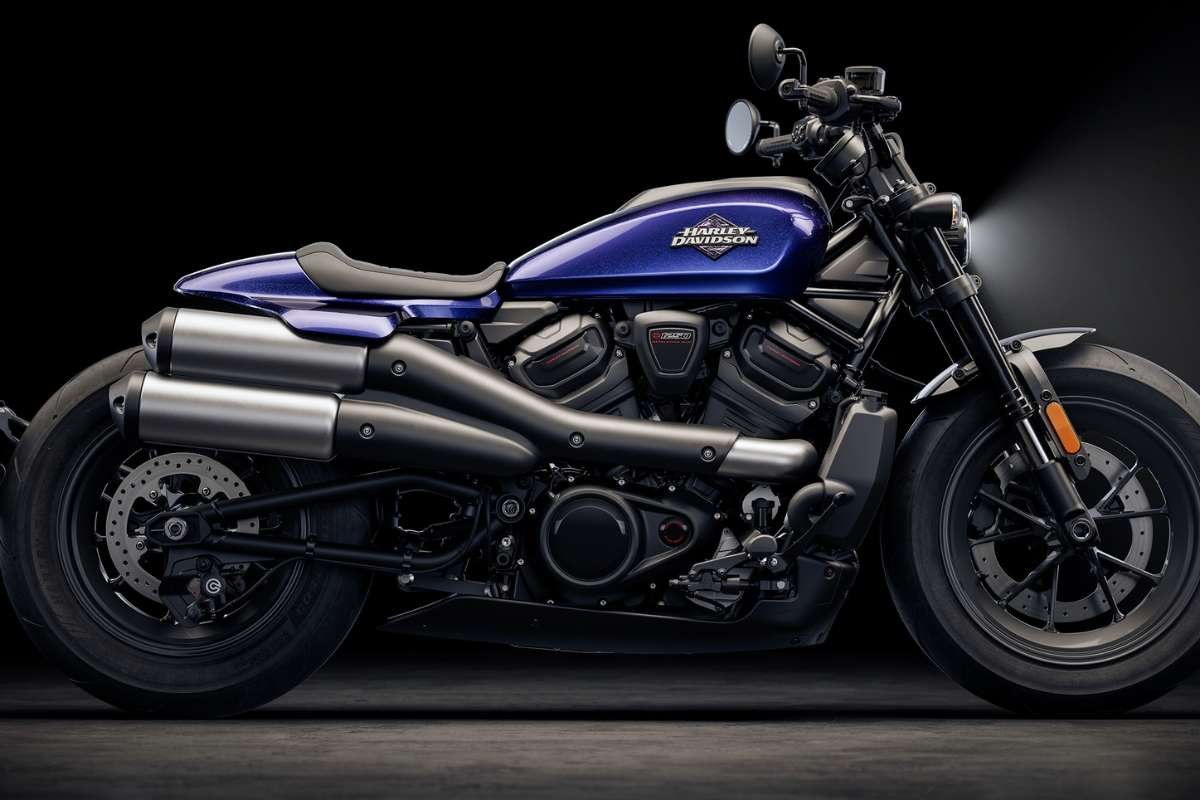In a quiet industrial park outside Louisville, Kentucky, family-owned footwear company Keen is opening a new factory, an endeavor that appears to echo the “America First” manufacturing ambitions championed by the Trump administration. But behind the patriotic headlines lies a more nuanced reality: modern American manufacturing, especially in labor-heavy sectors like shoemaking, increasingly depends on automation, not people.
The facility employs just 24 workers, with robots taking on much of the physical labor, attaching soles and trimming materials. According to Keen’s Chief Operating Officer, Hari Perumal, this shift is essential due to high domestic labor costs, which are about 10 to 12 times more than those in Asia. Keen began reshoring production in 2010 to buffer against rising costs in China and, more recently, U.S. tariffs. Today, the company relies on highly automated processes and redesigns products to align with these American manufacturing capabilities.
While Keen’s efforts offer a glimpse of domestic resilience, only 9% of its shoes are assembled in the U.S., reflecting the broader complexities of competing with entrenched global supply chains. Most shoes sold in the U.S. are still imported from low-cost countries like China, Vietnam, and Indonesia, where production remains heavily reliant on manual labor.
Shoemaking in America: A Symbol of Industrial Evolution
Once a cornerstone of American manufacturing, shoemaking has become emblematic of the country’s industrial decline. In the decades following World War II, domestic factories powered the middle class, producing goods for both national and global markets. But with the rise of globalization in the late 20th century, U.S. manufacturers moved operations offshore, chasing lower labor costs and fewer regulations.
Today, 99% of shoes sold in the U.S. are imported. The domestic supply chain for footwear is almost nonexistent. Efforts to reverse this trend have been minimal and often unsuccessful. Big names like Nike, Adidas, and Under Armour have tried to reintroduce U.S.-based production through advanced manufacturing, but their initiatives largely fell short due to high costs and technical hurdles.
Despite Keen’s progress, it remains the exception rather than the rule. The company’s new factory illustrates not a return to old-style manufacturing, but a future shaped by automation, selective reshoring, and long-term vision. As Perumal puts it, Keen’s private ownership and values-led approach have enabled it to invest patiently, free from the pressure of quarterly earnings.
Scaling the Future: Innovation, Tariffs, and Unfinished Business
For other U.S. shoemakers like Oka Brands in Buford, Georgia, the challenges are similarly steep. CEO Pepper Harward highlights the difficulty of maintaining operations without a robust domestic supplier network. Oka, which manufactures for brands like New Balance and Ryka, has even turned to automotive suppliers to source essential materials like foam and PVC, highlighting the fractured state of American manufacturing infrastructure.
Though recent tariffs and pandemic-induced supply chain disruptions have renewed interest in reshoring, Harvard remains skeptical that these factors alone will drive a manufacturing comeback. He estimates it could take a decade of consistent policy support to return just 6% of production to the U.S.
Still, Keen’s new plant may be an early signal of a different kind of industrial American manufacturing future, one powered not by a large workforce, but by innovation and long-term strategy. It’s a modern take on an old industry, reimagined not as a symbol of the past, but a blueprint for what’s next.
Visit Mr. Business Magazine to read more.

